A new frontier of crystal art in the Czech Republic
Crystal Caviar’s art division has a mission: to bring to light some of the world’s most technically gifted artists who work with crystal. Incubating a handful of established artists and many emerging ones, Crystal Caviar is breeding blue-chip names who create exceptional one-off pieces.
The Bohemian Revolution
Crystal ware production has a long history in the Czech Republic. One typically thinks of Murano (Venice) as the mecca of crystal, but Bohemia has long been a rival, with archaeological sites dating production back to the 13th century.
Crystal Caviar, true to the region’s roots, started by producing extraordinary chandeliers and objets d’art on par with the likes of Lalique. Having established an impressive rolodex of patrons, it seems only natural that the company would evolve and diversify into something more exclusive.
Owner Marek Landa seeks to redefine crystal art as something that is both decorative (aesthetically pleasing, with a high craftsmanship and creative value attached to it) and also a blue-chip investment.
It’s easy to see the twofold distinction and also its symbiosis: the crystal sculptures that Crystal Caviar produces are already ‘collected’ in some of the world’s most resplendent mega yachts and private homes around the world.
Patrons have collected these works primarily for their aesthetic qualities. These are the ‘true collectors’ who collect for the pleasure of viewing the object as opposed to any art world brand.
The new market that Crystal Caviar has created is as much defined by its consumers as it is by the artists. The quality of the work alone has created the market, as opposed to any overt branding. Cultivating this high-end craftsmanship has created a new marketplace for crystal sculpture by placing it within both a design and fine art market. Until now, this market has been relatively unchampioned. Now things are starting to change.
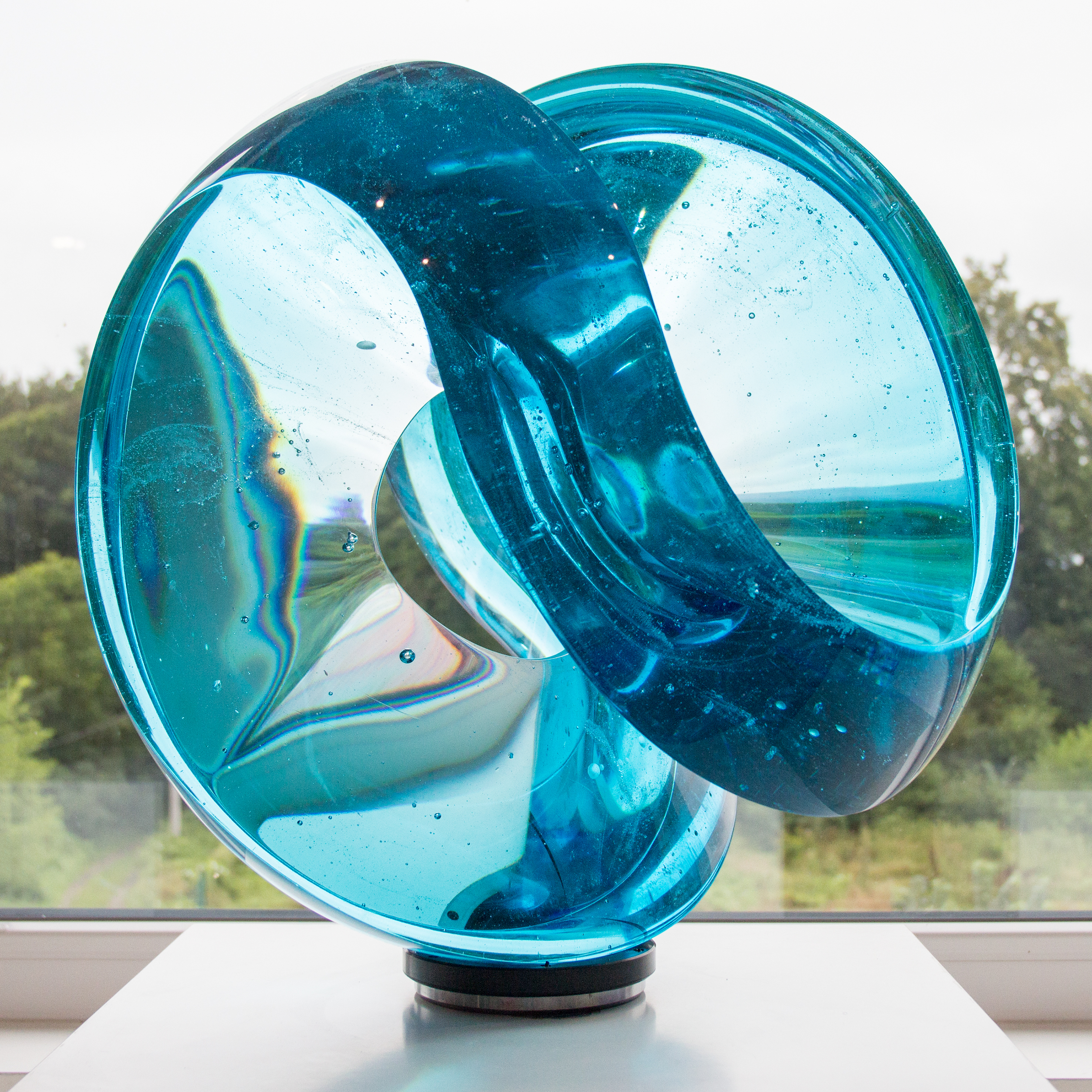
As testament to both (aesthetic) quality of the work and its inherent value, the prices of these art works reflect the investment attraction. As owner Marek Landa said, “[Vlastimil Beranek is] one of the top three modern Bohemian artists. He makes a piece and 3 years later, someone sells it for 10x more.”
Vlastimil Beranek….’simplicity is the ultimate form of sophistication’
Vlastimil Beranek, a third generation producer of glassware, has in recent years dedicated his love of crystal to producing unique sculptures.
Beranek’s portfolio is vast. His catalogue raisonné is multidisciplinary and shows his sculptures alongside women wearing futuristic fashion designs that he has created and photographed.
Inspired by the elements, his large, undulating sculptures unfold with enigmatic cadences of colours and textures. The shades of colours are the result of a relatively uncontrolled process and freeze movement as if indefinitely.
Beranek is a proponent of the glass casting method. The colour of the crystal (defined as having a concentration of lead of 48% or more) is of paramount importance and dictates the mood of the sculpture – think deep topaz blues and rare ruby reds.
![vlastimil-beranek[1]](http://www.theartcollector.org/wp-content/uploads/2017/03/vlastimil-beranek1.jpg) First the artist creates a cast for the sculpture, directing molten glass into a wax mould that is melted in a kiln. This hollow mould is then filled with crystal and placed in an oven at temperatures as high as 1200 degrees, for periods as long as 6 months, which fuses the crystal together. The result, whilst a chemical process, cannot be predicted. It is this unpredictability that makes the sculptures so complex – a freefall of emotion that is as rigid as it is fragile.
First the artist creates a cast for the sculpture, directing molten glass into a wax mould that is melted in a kiln. This hollow mould is then filled with crystal and placed in an oven at temperatures as high as 1200 degrees, for periods as long as 6 months, which fuses the crystal together. The result, whilst a chemical process, cannot be predicted. It is this unpredictability that makes the sculptures so complex – a freefall of emotion that is as rigid as it is fragile.
Jan Frydrych: Czech Republic’s modern day Da Vinci.
Without trying to typecast Jan Frydrych as a cliché, he is a modern day Da Vinci. Like Beranek, his interests are diverse. Mathematician, sculptor, designer – he has accumulated many labels. It is in the context of his art that we met him at his home, a lovingly restored chateau in Bohemia.
Frydrych works with optical glass, a glass that is primarily used in the military. His works epitomise the robust-fragile dichotomy that is characteristic of crystal sculpture. The sculptures, mathematically designed as pyramids, balls or cylinders, seem to perch precariously on their plinths. Wondering around them produces an infantile state of being: at once mesmerised by the sculptures and also terrified of disturbing them.
Frydrych’s signature colour is royal blue. It is this blue that is refracted in a series of measured ways. The illusory nature of the sculptures is a result of the mirror-effect of sculpture within a sculpture (within a sculpture). This creates the first wall of illusion. The second illusion is a result of different lights shining on the works, which then refract the blue into different shades.
The sculptures are more than the category would suggest. Whilst they are certainly art objects, it is the labour (six months of polishing the glass combined with the precision of cutting it) that elevates the sculptures onto a higher sphere. The works are akin to a Dali or Duchamp: both pioneering within the status quo of the arts and also an examination of, and into, human intelligence. They are works that will surely be placed, if not within a contemporary art cannon, then surely within a crystal art one.
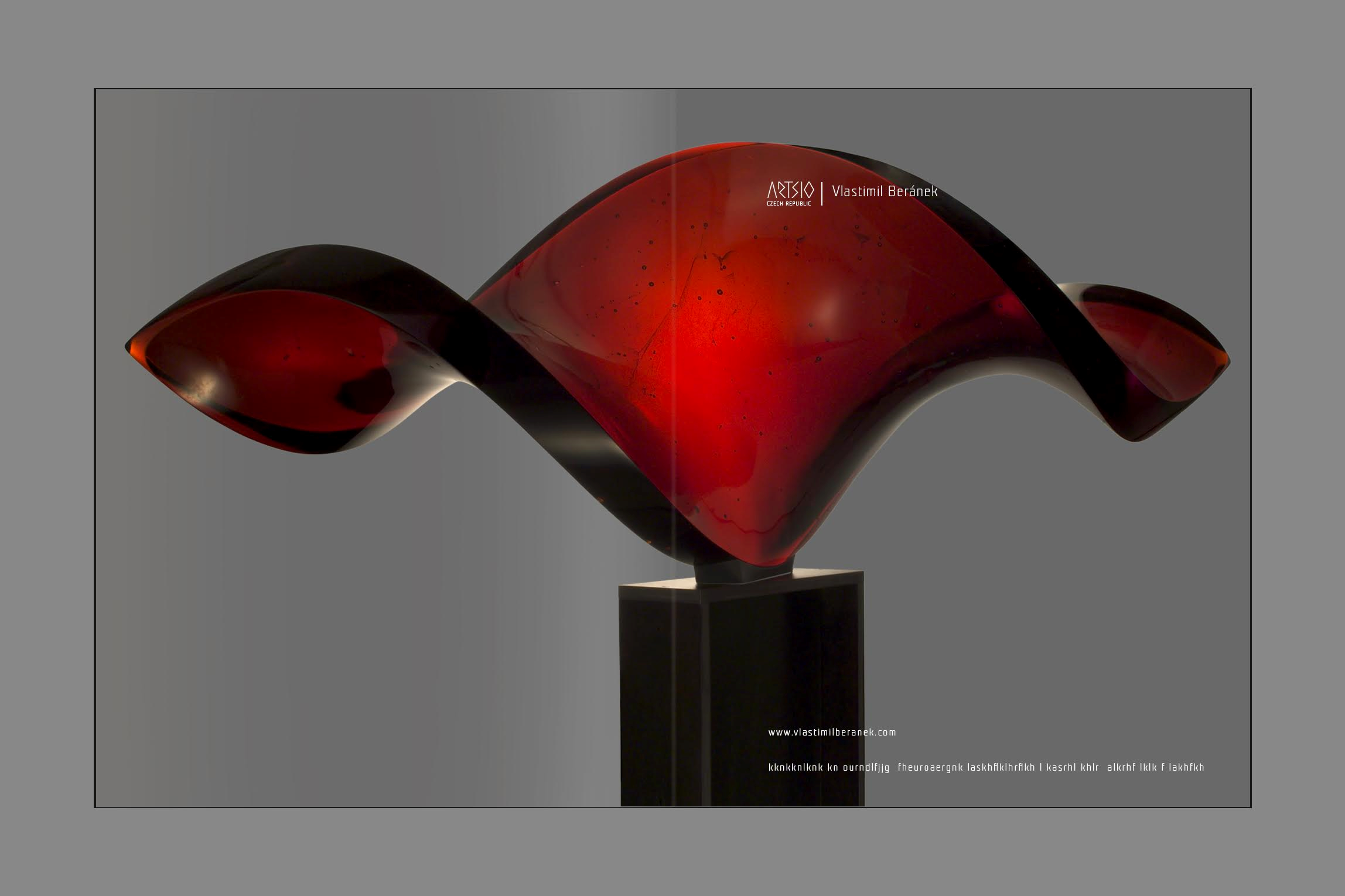
The Art Collector had the opportunity to visit the Crystal Caviar warehouse and galleries in the Czech Republic. It is an experience we would encourage both the amateur and professional collector – and investor – to undertake. As both a financial and emotional investment, the sculptures of Crystal Caviar are sure to burgeon into increasing popularity amongst the mega collectors – if they haven’t, privately, already.

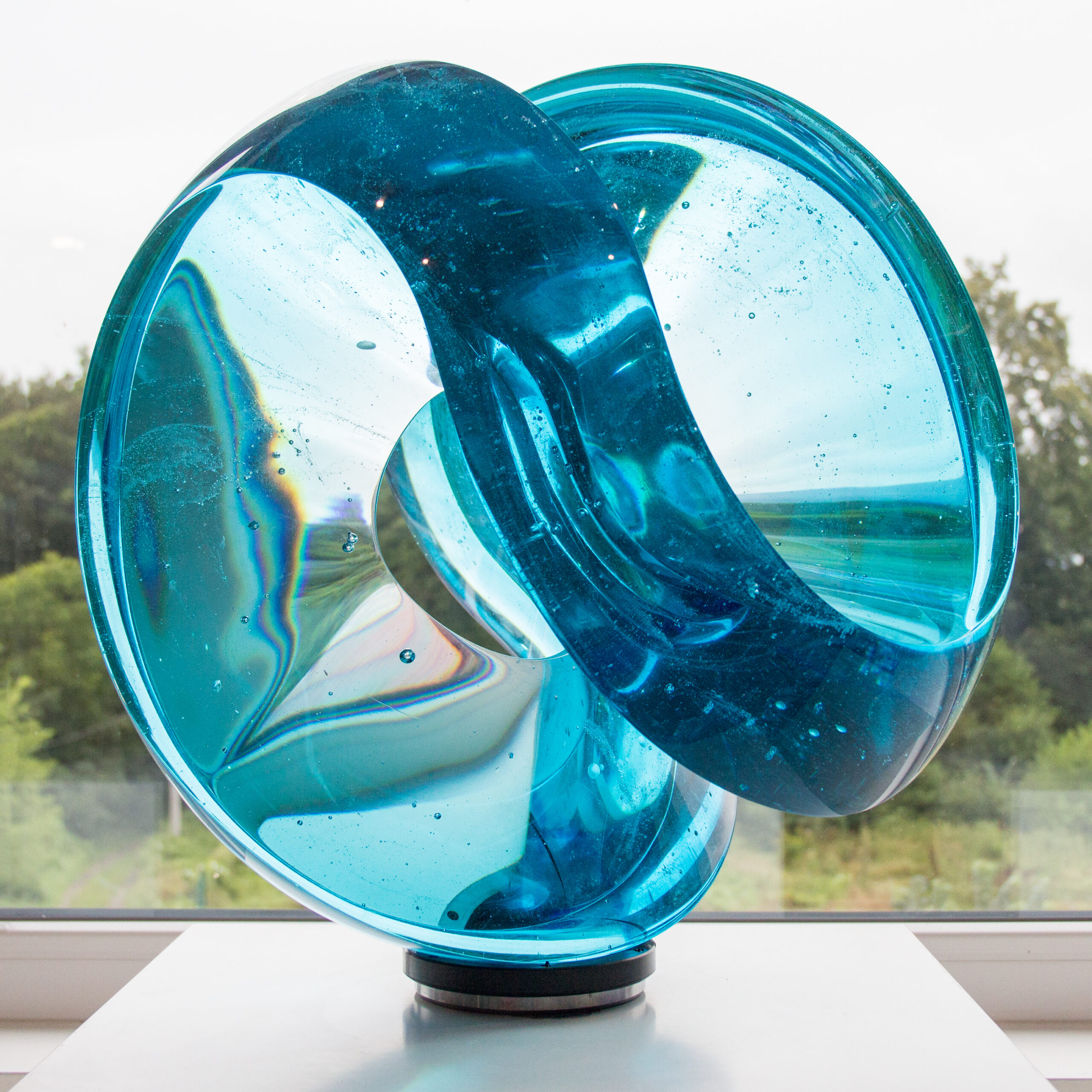
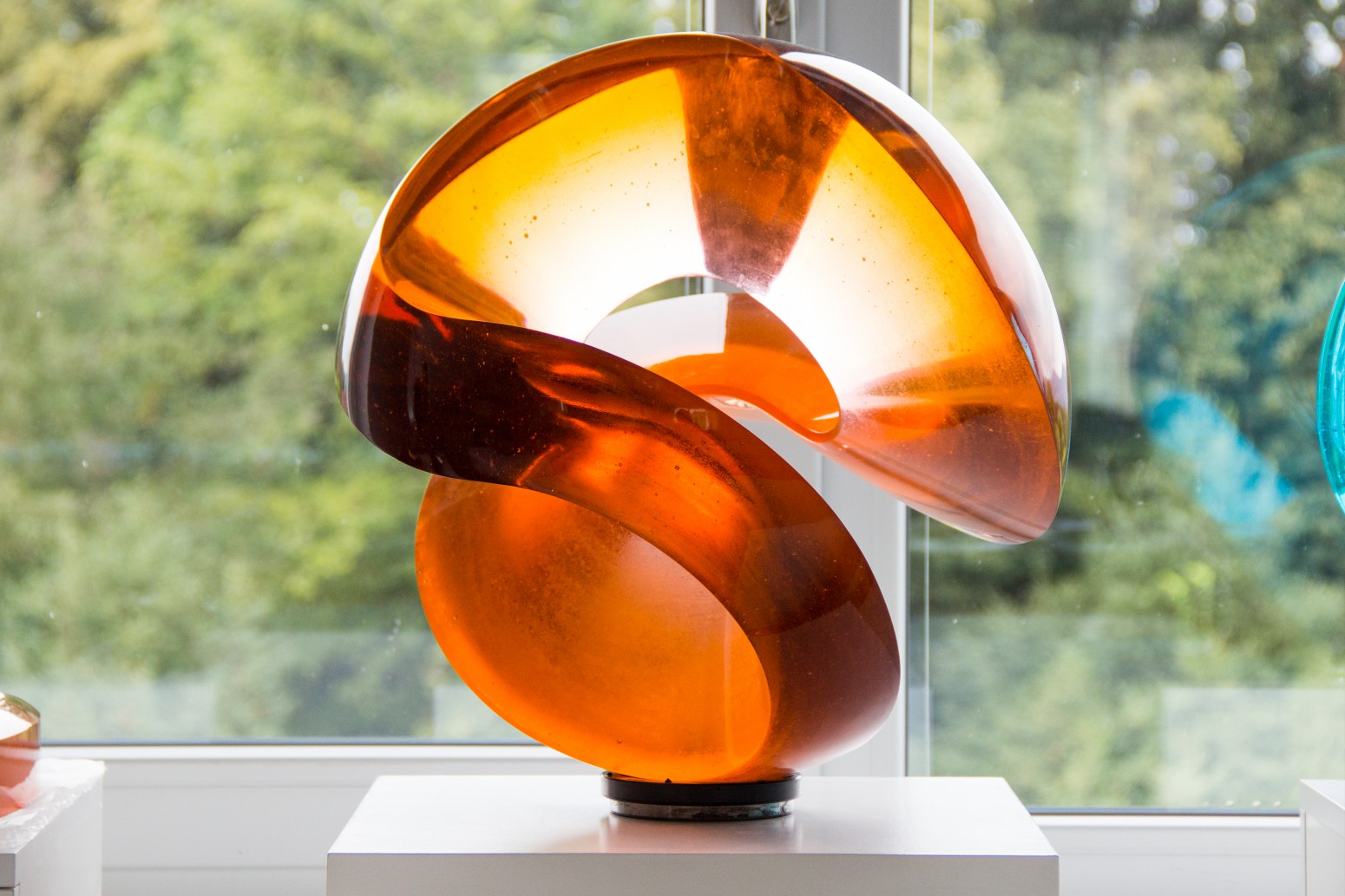
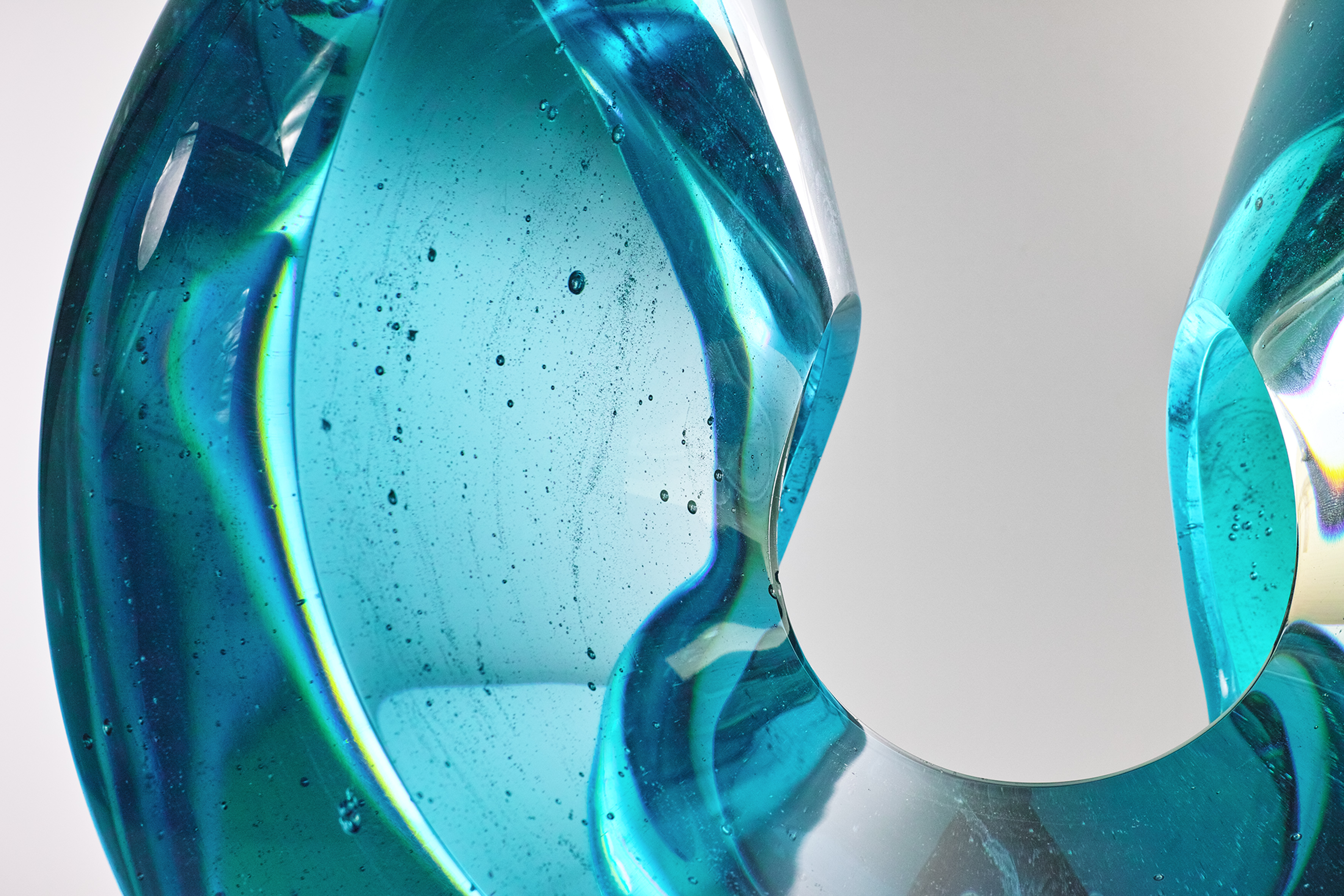
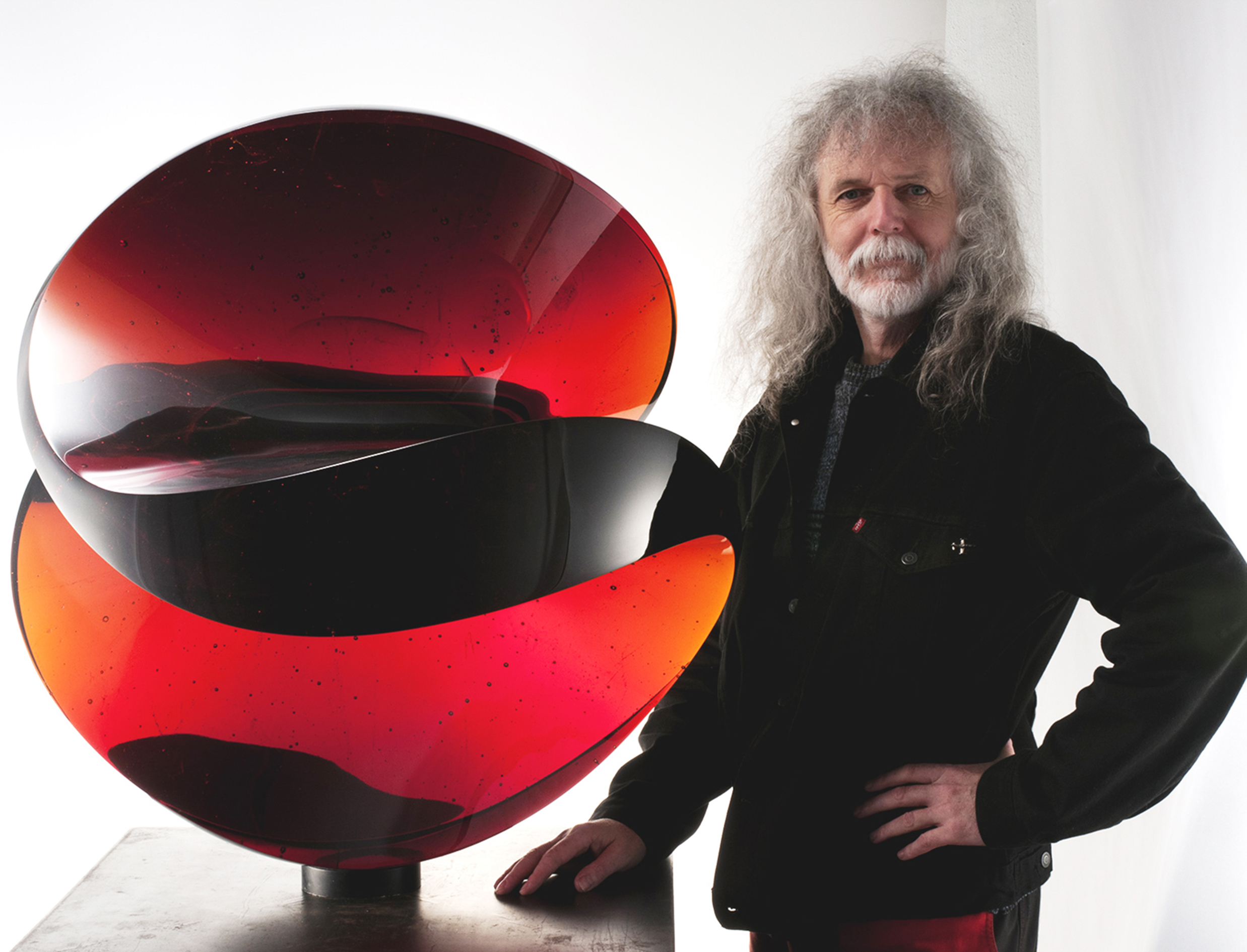


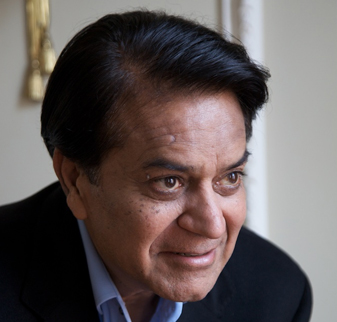
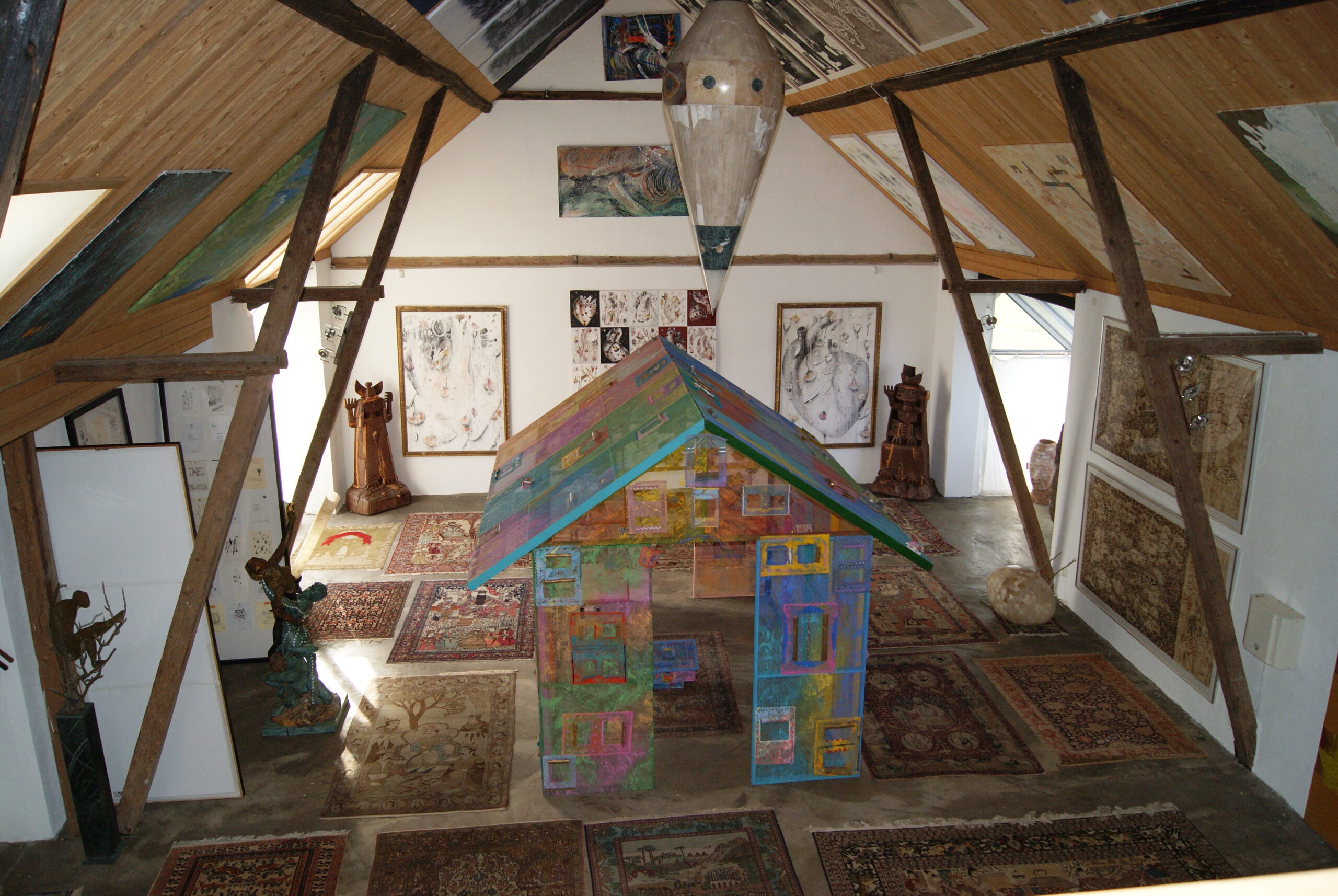
 Saving...
Saving...